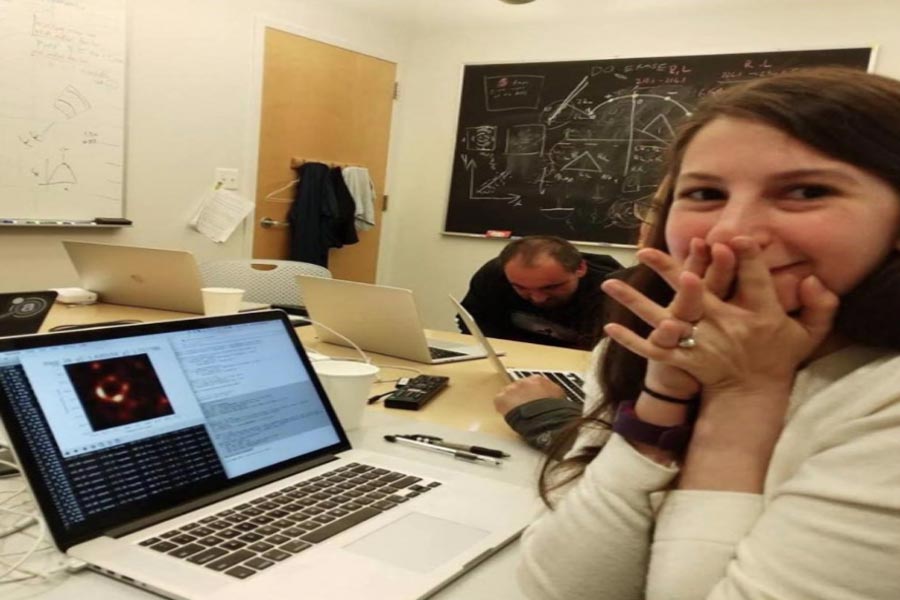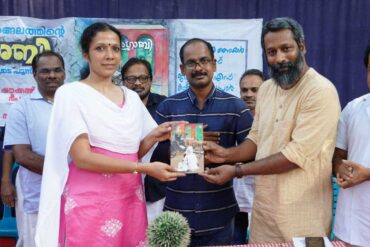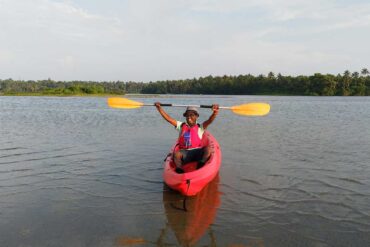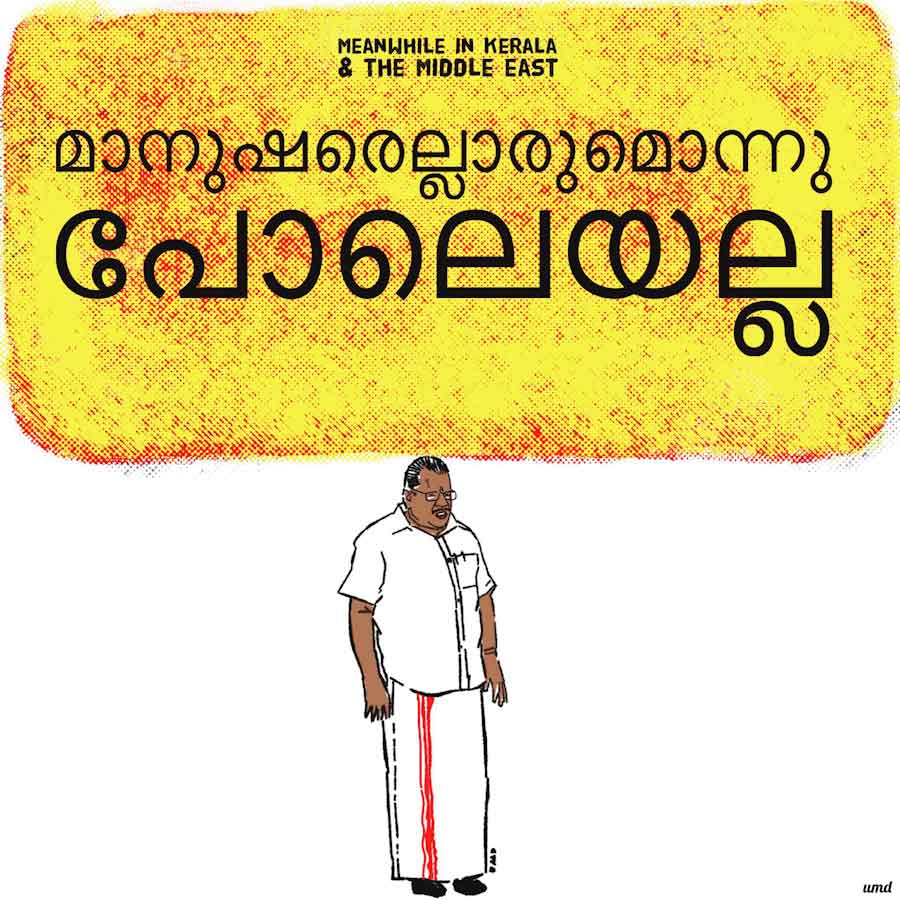
On April 10, 2019, the world witnessed an event of historic significance –the first ever image of the Black Hole was released by an international team of scientists at the Event Horizon Telescope (EHT). What followed this was a celebration of the outcome and the process that helped uncover an event of this scale and enormity. Soon, Katie Bouman, a 29-year old computer scientist who was a member of EHT, became the face of this discovery. It was an algorithm which she created three years ago, during her doctoral study at MIT that led to processing the first ever image of a Black Hole.
Beyond the opacity of technical jargon that usually accompany scientific discoveries of this kind, what made the black hole image a global event was the omnipotence of social media. Bouman’s photos were widely shared across social media platforms—particularly, her joyful expression and childlike wonder as she crossed her palms in disbelief, as the first ever image of the black hole emerged on the computer screen. What soon unfolded on social media was a discourse on women in Science, Technology, Engineering and Math (STEM) careers. Bouman became a global symbol of a woman defying one among the many stereotypes—that women can’t do science.
The discovery of the Black Hole image was not a one-man show. Among the 200 researchers who worked on the project across the world, along with Bouman, there were 40 other female scientists who were part of it. In this particular case, Bouman became lucky but the story of women’s contributions being sidelined as footnotes in scientific discoveries is not new. The annals of history present itself with many examples of deceit, neglect and sexism.
A notably infamous example is that of the British biophysicist Rosalind Franklin whose work critical to the structure of DNA was overlooked when two fellow scientists James Watson and Francis Crick presented themselves as the discoverers without giving her due credit. Such instances of sexism in science, plagued with deliberate intent are easy to come by. Women from other fields—be it literature, philosophy, history or the arts are equally at the receiving ends of such biases and omissions, which makes the experience of denial for women more universal.
All this said, there is an emerging line of argument that times are changing and perhaps things are more equal now—especially due to digitization, where accessing, documenting and retrieving information becomes relatively easier. Thus, the thesis goes, women increasingly manage to get their due credit, especially on public forums such as Wikipedia. Like many others, my first response when I heard Katie Bouman’s name was to rush to Wikipedia to see if she had a page. I was not disappointed. Bouman was on Wiki and in few hours after the image of the black hole was released, her page was edited to include the latest details on her contribution.
As the world’s fifth popular website, Wikipedia carries the potential to serve as a tool to quantify the degree of women’s representation on the internet, both in the arts and the sciences. To this end, since 2015, through ‘Women in Red’ project, Wikipedia has been leading a silent revolution to address the systemic biases in the form of “content gender gap”—a unique kind of inequality stemming from the underrepresentation of women’s biographies on Wikipedia. The aim of the Women in Red project, as the name suggests, has been to turn “red links” [non-existing Wikipedia articles for women] into “blue” ones, with a focus on women’s biographies, works by women, and other related women’s issues. In November 2014, only about 15 per cent of the English Wikipedia’s biographies were about women. In 2019, it stands at 17.89 per cent, thanks to this crowdsourced initiative.
The democratic nature of this initiative has enabled anyone with basic computer literacy skills and internet access to be part of this venture— one can either edit existing biographies or create new biographies. To this end, ‘Women in Red’ has released various guidelines and rules to equip the editors. Also, the Redlist Index sheds light on the lists of missing articles, segregated by women’s occupations and geographies that need further assistance. To further the reach in real-time, Wikipedia has been collaborating with museums and libraries to organize edit-a-thons, specifically tailor-made for this purpose. In August 2016, Wikimedia Foundation partnered with the UN Women to organize a “Her-story” edit-a-thon at the UN Headquarters.
Though such developments have led to positive outcomes, the mere presence of women’s biographies on Wikipedia does not ensure that inherent biases against them are fully eliminated. The existing biographies of women stand as a testimony to this. Studies show that between 84 per cent and 91 per cent of Wikipedia editors are male. More fundamentally, Wikipedia mirrors the existing biases in primary documents that feed into these articles.
What often stands out is the disproportionality in the content of women’s biographies compared to men. For instance, for a woman’s Wikipage, the references to her relationships often stand out. The personal life tab increasingly refers to them as “wives” and mothers” [irrespective of their professional achievements] but such references are often not a pre-requisite for men’s biographies. To this end, there are existing tools such as the Finkbeiner test to detect gender biases in reporting and writing about women in science, though the same can be applied to other fields as well.
Hence, it is crucial that both editors and readers are cognizant of the ways in which Wikipedia can reflect and reinforce gender inequalities. The feminist scholar Cynthia Enloe writes that incuriosity is a political act. The mere act of being incurious about women’s lives and their contributions speaks of the power structures that make their presence invisible.
Wikipedia can be a good starting place to instill this curiosity. For women in STEM, amidst a male bastion of science doers, this can further mean identifying with role models. Post Katie Bouman, what Wikipedia might offer to young girls and women is a space to look for stories that can influence their lives. For this, it is important that the women’s stories are told correctly.






